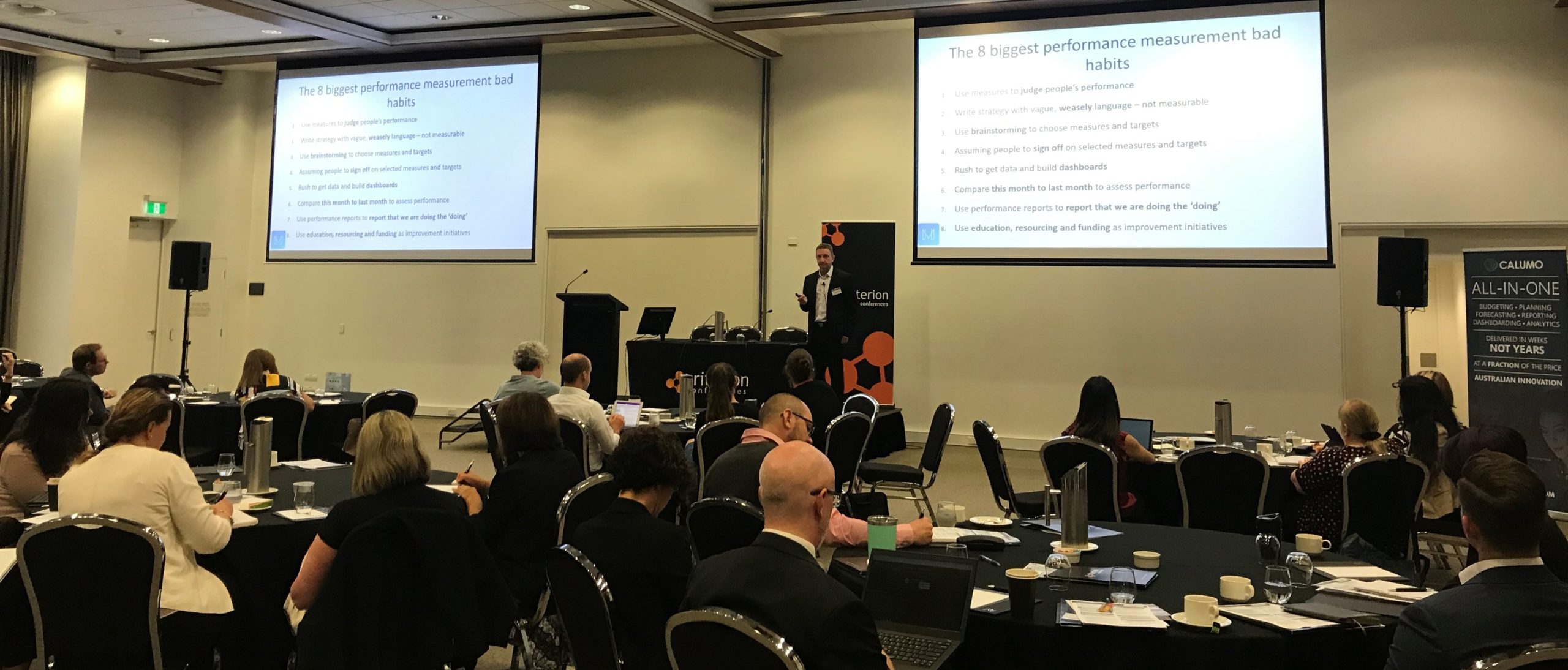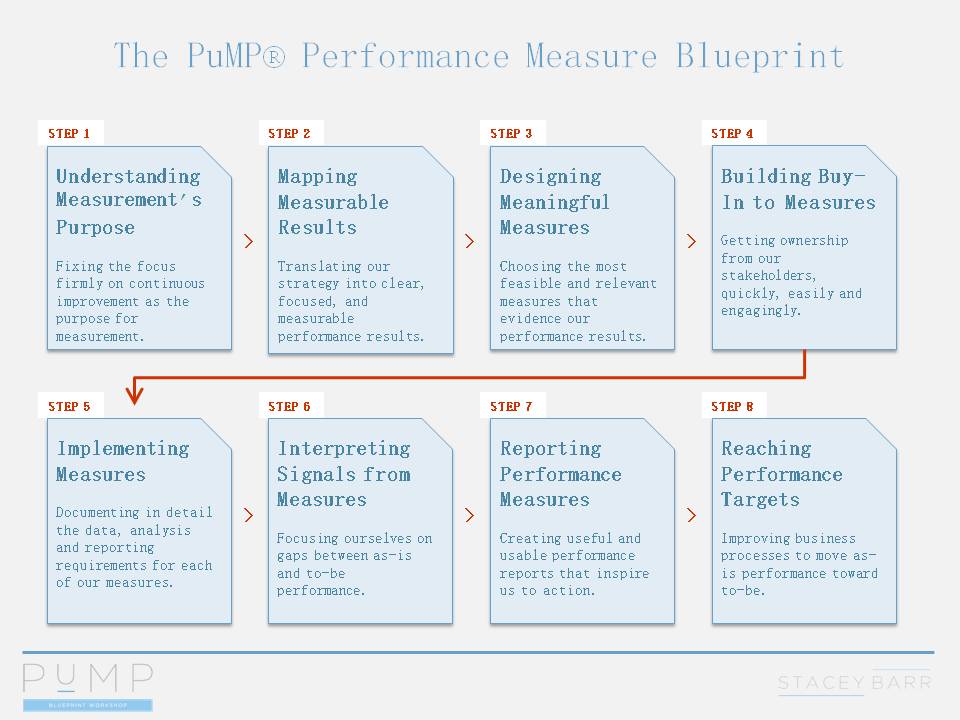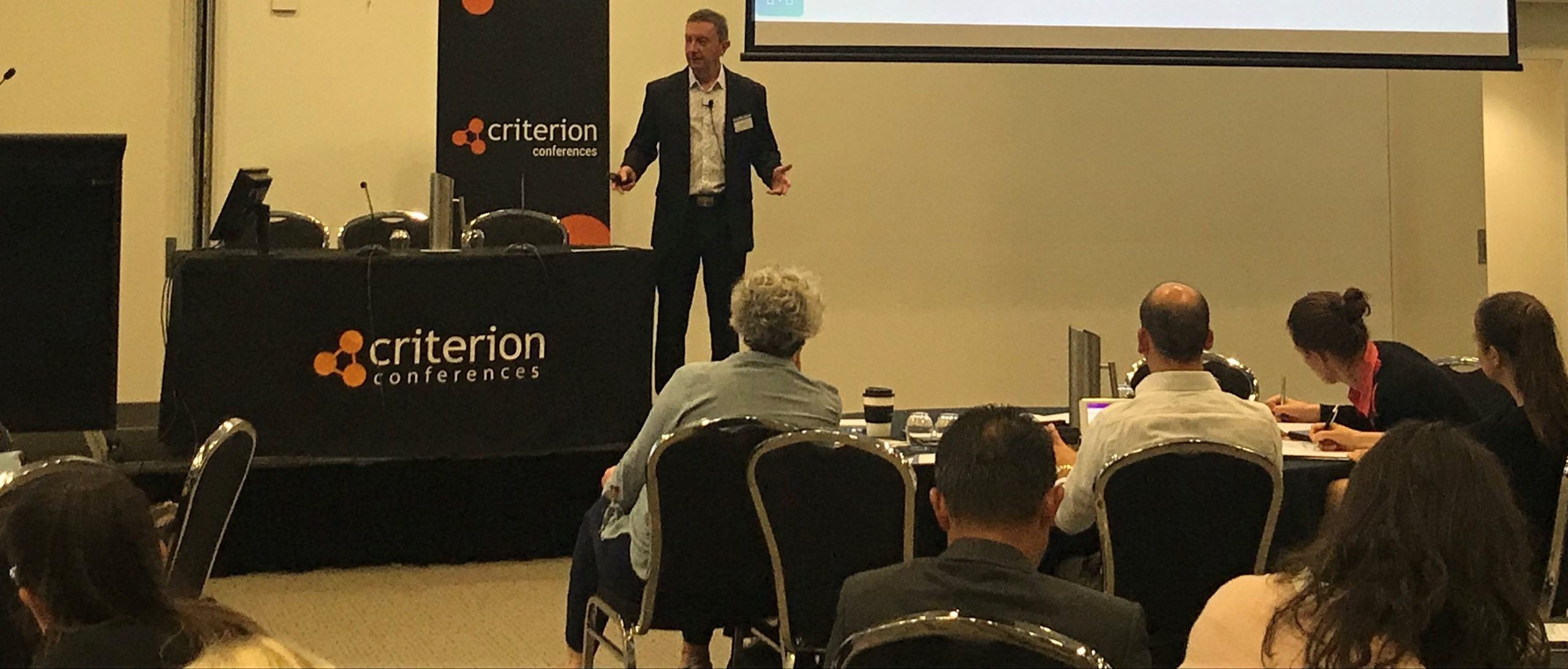The Enhancing Government Outcomes & Performance Measurement Criterion conference, was held in Canberra in the beginning of 2020. This presentation explored the various performance measurement methodologies and defined the method that develops meaningful KPIs.
Introduction
I think we all know that we’re not really good at KPIs. Our KPIs are often meaningless when it comes to providing feedback on our progress towards our strategic and operational goals. Often useless when it gaining continuous improvement. And often downright hopeless in motivating people (Let’ ban how we use KPIs).
Let’s take a look at KPIs and performance measurement methodologies – the common approaches to measurement, the challenges these tactics raise.

Methods
Any method we are looking for should provide for us all the framework we need and support this will the tools and techniques we need to get the job done.
That rigour comes from balancing theory and practice.
That way, we know that what we’re doing has some grounding in proof that it will work.
And it will have enough practicality to implement it in the real world. Which means people can learn the method, that within an organisation we can build capability in this method.
The rigour also comes from integrating the parts of the approach as a whole.
For example, in Change Management we might use Prosci. It is founded on research and has the teachable methods.
Likewise, for projects we might use Prince2 for the same reasons.
We use methods with the view of realising these benefits:
- The organisation or people have a common vocabulary.
- Provides leaders with delivery confidence.
- The methodology is applied to the organisational context (it is not restrictive).
- Reliability and consistency of delivery.
- Scalable methodology.
- Builds a community of users and practice.
Performance Measurement Methods
Strategic planning was developed as a business method early in the 1900’s. The success of the strategic plan was measured in the financial records, the profit and loss sheet.
But it wasn’t until the mid-1990’s that an academic and consultant in the USA came up with a framework for measurement – the Balanced Scorecard.
The Balanced Scorecard was designed to move businesses away from relying on finance only measurement. The scorecard provides four quadrants, one for finance, customer, people, and internal process. The idea is that you need to measure each area critical for business success. (the BSCI)
However
- Balanced Scorecard doesn’t tell you how to figure out what your measures are – it just says you need some
- Balanced Scorecard is far more about strategy – not measurement. And as a measurement method it fails the criteria discussed earlier.
Performance Prism is often citied as a method we use for measurement. But like the Balanced Scorecard it fails a measurement method because it is incomplete. And again is far more about strategy development than measurement.
The SMART goal setting method is also often citied by managers and leaders as the method they use for developing KPIs and measures. Specific, measurable, achievable, relevant and timebound. This goal setting approach was used to great effect by Jack Welch (then CEO GE) in the 1980’s. Back then the T stood for timeline, meaning the managers had to develop a plan and timeline to achieve the goal. Today, most managers put a date on when the goal will be achieved and that’s it.
SMART is great for setting goals. But not for measuring performance as it provides no method of how to develop the performance measures.
PuMP® The Performance Measurement Methodology
The methods described above fail to match the criteria for a robust methodology that will deliver the benefits described earlier.
Stacey Barr (a Research Statistician) developed PuMP by applying herself to the challenge of figuring out how to measure non-financial performance, firstly for Queensland Rail, and then for a wide range of organisations around the world.
I believe that in a few years the PuMP method will common place in organisations, just the same way that Prosci and Prince2 are used for their relevant disciplines. At this stage PuMP is in the early stages of adoption, even though it has been around for more than 15 years and is used by hundreds of organisations around the world.

You can get more detail how these (above) eight steps come together as a methodology in this blog post – The Eight Steps to a High Performance Organisation. Also at the end of that blog post you can access a detailed Whitepaper, if you are looking for more detail.
If you are in a Government role and want to see how this approach can apply to you, try this post – Measuring Outcomes in Government.

See more about Mark’s speaking here,
Or make contact with Mark to talk about how he can add value to your event.
Photo Credit:
Featured Image by Austin Distel on Unsplash



